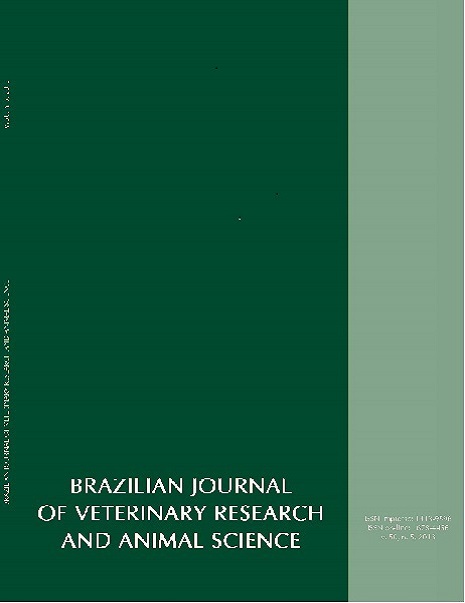Visceral leishmaniasis in Brazil
DOI:
https://doi.org/10.11606/issn.2318-3659.v50i5p341-352Keywords:
Leishmania infantum, Leishmania chagasi, Dogs, Cats, EpidemiologyAbstract
Visceral leishmaniasis (VL) is among the most important vector-borne diseases that occur in Brazil, mainly due to its zoonotic nature. It is currently present in almost all Brazilian territory, and its control is a challenge both for veterinarians and for public health officials. The etiologic agent is Leishmania infantum (syn chagasi), and the main vector in Brazil is Lutzomyia longipalpis. Of all animals identified as reservoirs of VL, the dog is considered the most important domestic reservoir. Although the disease has already been identified in cats, the epidemiological role of this animal species is still unclear. This article presents a brief review of the epidemiological situation of the disease, its mode of transmission, clinical features in dogs and cats as well as possible risk factors associated with the occurrence of the disease in Brazil.Downloads
Download data is not yet available.
Downloads
Published
2013-10-29
Issue
Section
REVIEW ARTICLE
License
The journal content is authorized under the Creative Commons BY-NC-SA license (summary of the license: https://
How to Cite
1.
Marcondes M, Rossi CN. Visceral leishmaniasis in Brazil. Braz. J. Vet. Res. Anim. Sci. [Internet]. 2013 Oct. 29 [cited 2024 Apr. 25];50(5):341-52. Available from: https://revistas.usp.br/bjvras/article/view/79913





